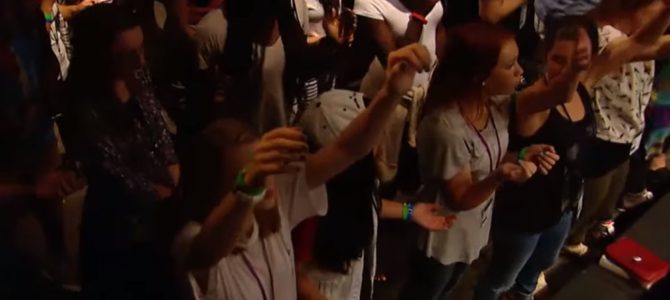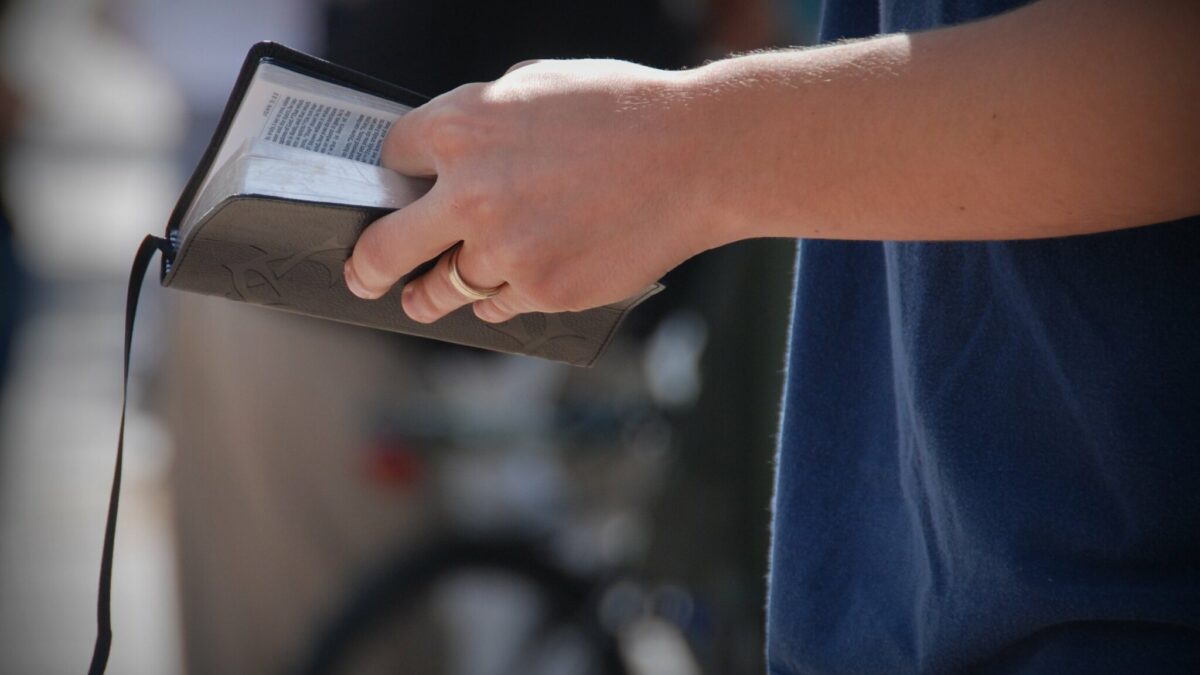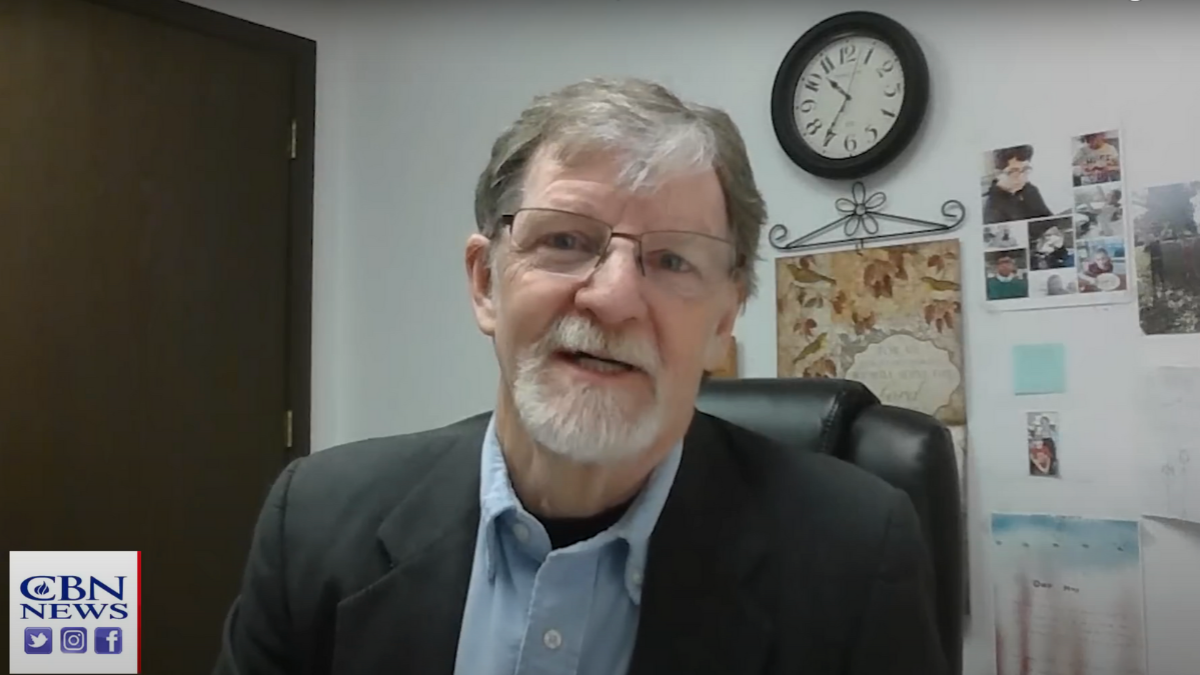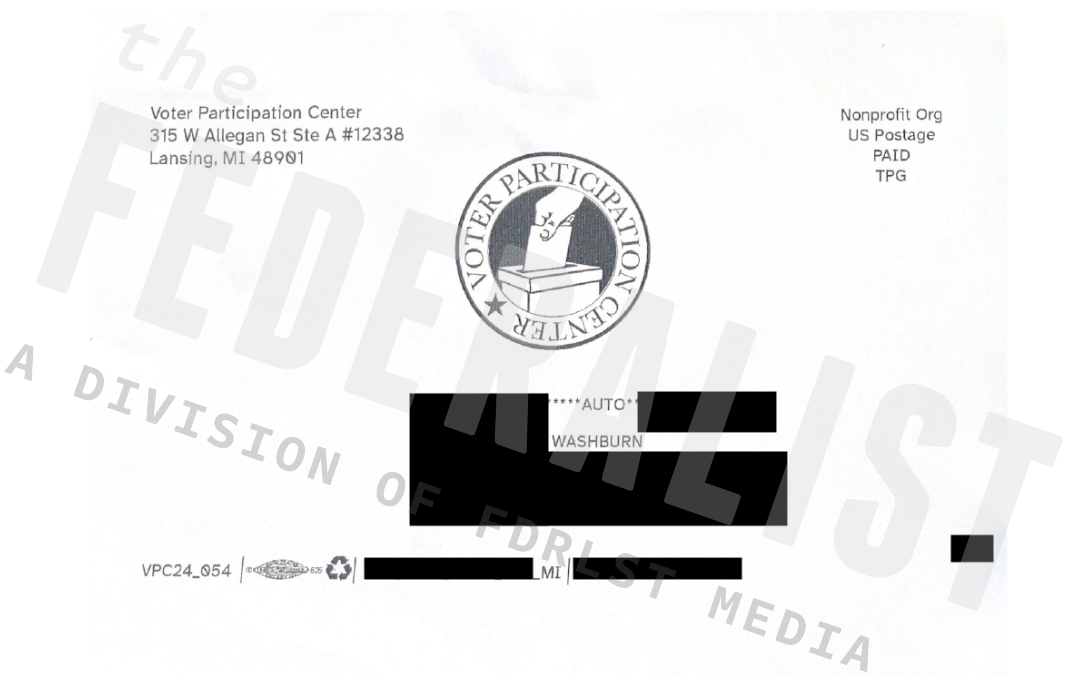
Since the 2007 publication of Philip Jenkin’s “God’s Continent: Christianity, Islam and Europe’s Religious Crisis,” observers of religious trends in European culture have been keeping a close eye on developments that might validate his sanguine view that Europe could see a revival in Christian belief. Richard J. Neuhaus, in his review of it in First Things at the time, thought the view was “too roseate.”
That was then. In the ten years since Neuhaus taking his final leave of the stage of this world, there have been increasing signs of a real and sustained Christian revival in Europe, hardly reported and barely noticed in press across the pond. Taking a look at the landscape and starting in far west, there are signs of revival in Spain, as Filip Mazurczak noted.
He comments specifically on the growth in the Catholic Church, which is recovering after years of decline in commitment and attendance:
According to Centro de Investigaciones Sociológicas (CIS), the proportion of Spaniards attending Mass has increased from 12.1 to 15 percent between 2011 and 2012. In absolute terms, the number of Spanish Catholics attending Mass weekly grew by an astonishing further 23 percent between 2012 and 2013, according to CIS. Meanwhile, between 2007 and 2013 the number of Spaniards contributing part of their taxes to the Church rose from eight to nine million.
Eastern Europe, barely a generation after the destruction of that atheistic totalitarian monstrosity known as the Soviet Union, is experiencing a renaissance of both Protestant and Catholic Christianity.
What about France? You know, the cradle of modern secularism? That country where raving anti-religious hordes turned wholesale murder by torture of priests, nuns and monks into a spectator sport in the opening days of that glorious “Enlightenment”? Well, let’s hear from someone who lives there, Pascal-Emmanuel Gobry, who wrote this article in The Week back in 2015:
On a recent Sunday, my family and I only showed up 10 minutes early for Mass. That meant we had to sit in fold-out chairs in the spillover room, where the Mass is relayed on a large TV screen…. This is business as usual for my church in Paris, France.
I point this out because one of the most familiar tropes in social commentary today is the loss of Christian faith in Europe in general, and France in particular. The Wall Street Journal recently fretted about the sale of ‘Europe’s empty churches.’
Could it be, instead, that France is in the early stages of a Christian revival?
Yes, it could. He adduces further evidence in that the numbers for vocations, calls to the priesthood and religious life in the orders, have stabilized in France and are seeing an increase (which has also been reported in Spain in Mazurczak’s article cited above). The recent growth in evangelical churches in France and Spain also supports answering Gobry’s question in the affirmative.
What about French-speaking Switzerland? Well, it’s home to one of the most dynamic revival preachers in Europe, Jean-Luc Trachsel, whose ministry in Oron is growing steadily and regularly sees conversions in the hundreds. One such revival event in Avignon, France last year reported more than 500 persons declaring faith in Jesus for the first time.
Enthusiasm Is Gaining Traction in Europe
That was just one, relatively small event, though. Europe is rife right now with public mass worship and evangelism events, like Awakening Europe events, in which Trachsel and other international revivalists such as the New Zealander Ben Fitzgerald, the American Daniel Kolenda, Germany’s Reinhard Bonnke and Todd White, another American, participate.
They draw a much younger body of attendees than many large-scale Christian events, and their focus is not on merely building up the faithful, but on empowered evangelism, with outreach on the streets of these major European cities being a key element of each meeting. Last summer’s Awakening Europe saw more than 1,000 declare new faith in Jesus in Prague, the Czech Republic.
That was the third Awakening Europe event. The fourth will be in Riga, Latvia this fall. The second, in 2016, was held in Stockholm, Sweden and saw similar results to those reported, as did the first one, which was held in Nuremberg in 2015. That is to say, all of them had attendance in the thousands and reported conversions in the hundreds or thousands. In Sweden, that alone could rightly be called miraculous.
Along with Awakening Europe, there are numerous other massive public Christian events, such as the Holy Spirit Nights in cities like Stuttgart and Munich and the Allgäu Worship Nights, which routinely draw thousands of Christians and interested non-believers. If one had the resources and inclination, one could attend some massive Christian concert, festival, or large-scale street evangelism event on the continent every week of the year, and in some weeks, a different such event every single day.
Now these events are signs of vitality in the European church, but are there signs of a revival in terms of church growth or even mere stability in their numbers? Here I will focus on the German-speaking nations of central Europe, since I know them best. Here, one can speak of real and growing revival.
Not so much in the state Lutheran Church, the Evangelische Kirche Deutschlands, though there the news for the most recent reporting year, 2016 was also good: In 2016 180,000 new members joined the EKD through baptism and 25,000 through regular acceptance. This marked the first time in three years that the number of those joining the church exceeded those leaving. There was an overall decline in membership, admittedly, of 1.57 percent. Yet the reason for the overall decline was mortality, not voluntary abandonment of church membership. For those who read German, the full report can be found here.
Shake, Rattle, and Roll
In the “free” evangelical churches, especially those on the charismatic and pentecostal end of the non-denominational Protestant spectrum, there is continued growth. In fact, the growth in the Bund Freikirchlicher Pfingstgemeinden (Federation of Evangelical Pentecostal Churches) saw steady growth for half a decade now, with growth in the 6 percent range for the last two reported years (2016 and 2017 see the BFP’s report here for details in German).
Other evangelical churches such as the Bund Evangelisch-Freikirchlicher Gemeinde (Federation of Evangelical Free Churches—mainly Baptists and Brethren) report continued growth, though in the case of the free evangelicals the growth has slowed from previous years. The picture overall is mixed but contradicts the conventional wisdom of a dying Christianity in Europe.
Churches such as New Life Church in Düsseldorf, the Gospel Forum in Stuttgart, and the ICF (International Christian Fellowship) churches in Munich and Karlsruhe all record thousands of members and report regular conversions, with New Life recording on average 100 new converts weekly. Then there’s the Christus Gemeinde in Wuppertal, home church to “Der breiteste Pastor Deutschlands” (“the broadest pastor in Germany,” referring to his shoulders—the guy benches 175 kilos), Marcus Schneider. He’s something of a social media sensation. Don’t mind the tattoos.
These are young, vital, and effective churches, each with international outreach, a focus on life in community, and a strong sense of Christian mission that has been absent from the mainline churches for a generation at least. And they are only part of the story.
Where Prayer Never Ceases
The other part is the 24/7 prayer movement. The movement is driven largely by Christian young people who know the importance of prayer to spiritual life. The movement is at home in Houses of Prayer, which in European terms are inheritors of the Moravian Prayer Movement of the eighteenth and nineteenth centuries. Some of these, such as the Prayer Mountain of the FCJG — the “Free Christian Youth Community” in Lüdenscheid—are long established.
Accompanied by a powerfully effective ministry to drug addicts and the homeless, there has been prayer with the FCJG since the mid-1970’s. Others, such as the Rund um die Uhr (“‘Round the Clock”) House of Prayer in Berlin, or the “Open Skies” House of Prayer in Freiburg, are relatively new. The most influential, though, is the “Gebetshaus Augsburg” the Augsburg House of Prayer.
Located in the Göggingen neighborhood of Augsburg, the “Gebetshaus” completed its sixth consecutive year of uninterrupted prayer and worship last fall. It grew out of a young prayer group led by Johannes and Jutta Hartl in the early 2000s and recently celebrated the eleventh of its MEHR Conferences.
“Mehr” is German for “more” and the focus of these conferences has been also on experiencing more of Jesus. It’s held every year during Epiphany, and this year’s saw more than 11,000 attendees. This is a 100-fold increase from the first such conference in 2008, and 100-fold growth in, well, any movement within a single decade is growth of remarkable magnitude.
What do people do at MEHR? Mostly praise and worship expressing love to God in guitar-driven rock. Or dub step. Or something like it. This year there are 16 different bands performing the worship music, including “Könige und Priester” (Kings and Priests) of Cologne, a well-known group in German-speaking Europe. There is also near-constant intercessory prayer for European and worldwide concerns.
Since the House of Prayer is a house for all who put their faith in Jesus—Catholic, evangelical, Eastern Orthodox, or Messianic Jewish—this commitment is reflected in offering both mass and communion, as well as the sacrament of reconciliation for Catholics.
A Style of Church that Befits the Young
There are also teaching times, the majority given by Johannes Hartl. Hartl has a doctorate from the University of Munich, and it shows in his breadth of erudition. He also has an honesty to and about Christian culture that is both refreshing and (lamentably) uncommon. In the first teaching, he took on the lack of joy all too common among people who profess to believe in a God in whose presence one finds the fullness of joy. Not the fullness of moralizing or of self-emptying contemplation. Joy.
He was not the only speaker, of course. This year the teachings were given by Father James Mallon of Halifax-Yarmouth, Canada, Indian philosopher and author Vishal Mangalwadi, and Leo Bigger of the International Christian Fellowship of Zurich. There’s that name again, “ICF.” You’d think they’re having an impact or something, these young leaders in the body of Christ. And you’d be right.
Klaus Kelle, a Christian activist and conservative commentator who writes the “Denken Erwünscht” (“Thinking Desirable”), put it this way (translated into English):
At the opening of the MEHR last night [Thursday January 4th], one of the moderators asked the 10,000 Christians in the building who of them was younger than 22. Almost half of the attendees stood up. Then he asked, who was between 22 and 60 years old. Almost all of the other half stood up. Then he asked who was older than 60. A single attendee stood up in the gigantic exhibition hall and, smiling, gave a hearty wave to the crowd. The church of Jesus is young, and almost no one has noticed.
I know the single attendee Kelle refers to there, and though he was not, in fact, the only over-60-attendee, attendees even over 50 were a decided minority, as they are at many of the Christian events mentioned above. The church of Jesus in Europe is getting younger, not older. Moreover, the church of Jesus is growing in Europe.
Speaking recently in Augsburg, Gerhard Kehl of the “Jordan Stiftung” (Jordan Foundation) affirmed something that has been obvious to this author for several years now: There is a spiritual shift taking place in Europe toward a renewal and growth in all branches of Christianity. A European revival has started. Whether it develops into a revival on the scale seen in 1905 remains to be seen, but the hopeful signs are there.









